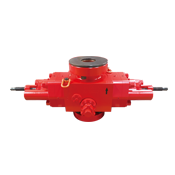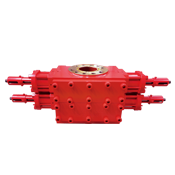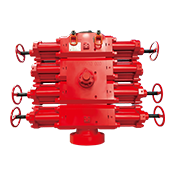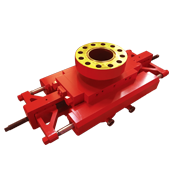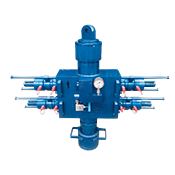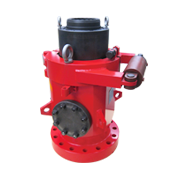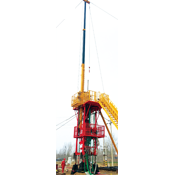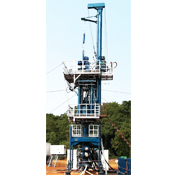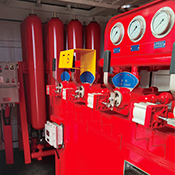Why High Temperature Gates Require a Durable Rubber Core: Ensuring Longevity and Safety in Manufacturing
2025-01-06
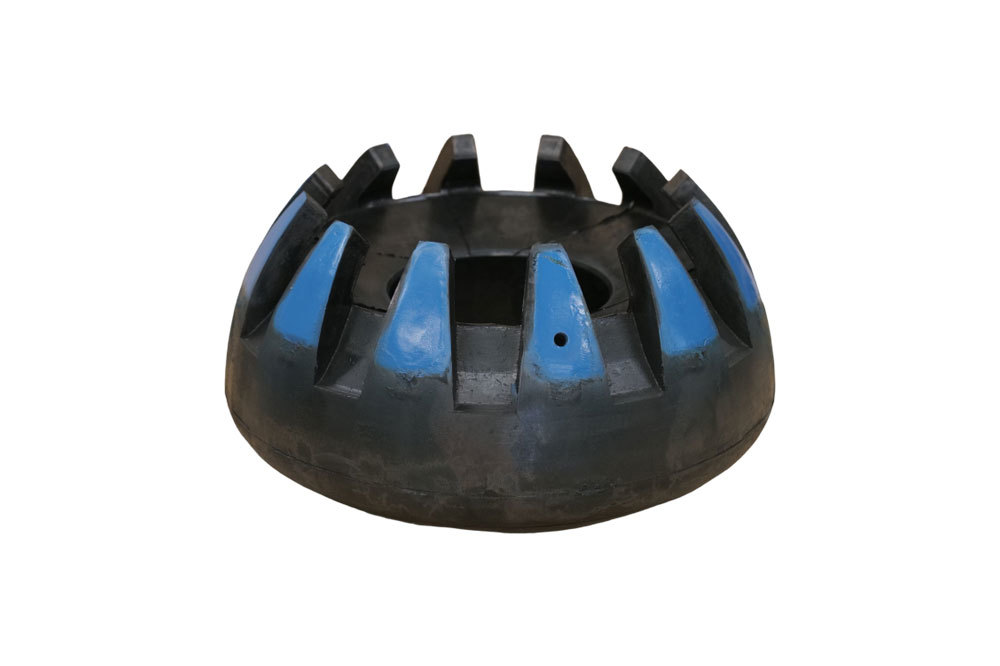
Understanding High Temperature Gates and Their Importance
High-temperature gates are crucial components in various industrial applications, particularly in the manufacturing of machinery and construction equipment. These gates are designed to control the flow of materials, protect against hazardous environments, and enhance safety and efficiency in high-heat situations. In this article, we will discuss why a durable rubber core is essential for the longevity and reliability of high-temperature gates.
What Are High Temperature Gates?
High-temperature gates are mechanisms utilized in environments where elevated temperatures are the norm. They are employed in sectors such as aerospace, automotive, metal processing, and construction machinery. The primary function of these gates is to regulate the flow of materials while maintaining structural integrity, even in extreme conditions.
Key Features of High Temperature Gates
1. **Heat Resistance**: High temperature gates are designed to withstand extreme temperatures that can reach up to 500°F (260°C) and beyond.
2. **Material Composition**: They are typically constructed from materials that can endure heat without losing their mechanical properties.
3. **Safety Mechanisms**: These gates often feature safety mechanisms to prevent accidents and ensure operational efficiency.
4. **Durability**: A durable rubber core is essential in prolonging the lifespan of these gates, making them a pivotal part of their construction.
The Role of Rubber in High Temperature Gates
Rubber plays a significant role when it comes to the operation of high-temperature gates. Unlike rigid materials, rubber offers flexibility, sealing capabilities, and resistance to wear and tear, making it an ideal choice for various applications. However, not all rubber is suitable for high-temperature applications.
Types of Rubber Used in High Temperature Gates
1. **Silicone Rubber**: Known for its excellent heat resistance and flexibility, silicone is often used in high-temperature environments.
2. **Fluoroelastomers**: These materials are recognized for their exceptional chemical resistance and can perform well under extreme temperatures.
3. **Nitrile Rubber**: Although not as heat-resistant as silicone, nitrile rubber is often mixed with other compounds to enhance its thermal properties.
Why a Durable Rubber Core Is Essential
A durable rubber core is not just a choice; it's a necessity for high-temperature gates. Here are several reasons why:
1. Enhanced Thermal Stability
A durable rubber core can withstand extreme temperatures without deforming or degrading. This stability is critical for the effective operation of high-temperature gates, ensuring they continue to function under challenging conditions.
2. Improved Sealing Capabilities
High-temperature gates require exceptional sealing to prevent leaks and contamination. A durable rubber core provides the necessary elasticity and compressibility to maintain an effective seal, even when exposed to varying temperatures.
3. Resistance to Wear and Tear
The longevity of high-temperature gates largely depends on their ability to resist wear and tear. A robust rubber core can absorb shocks and vibrations, significantly reducing the likelihood of premature failure.
4. Flexibility and Adaptability
In high-temperature environments, materials must be able to conform and adapt to changes. A durable rubber core enhances the flexibility of high-temperature gates, allowing them to perform optimally amid thermal expansion and contraction.
Material Selection for High Temperature Gates
When it comes to crafting high-temperature gates, material selection is paramount. The choice of materials not only affects the functionality of the gate but also its lifespan and effectiveness in extreme conditions.
Factors to Consider in Material Selection
1. **Temperature Resistance**: It's vital to select materials that can withstand the specific temperatures they will encounter.
2. **Chemical Compatibility**: The materials must also be resistant to any chemicals they may come in contact with, which can be particularly challenging in industrial settings.
3. **Mechanical Properties**: Assessing tensile strength, elasticity, and hardness is necessary to ensure the materials can withstand operational demands.
4. **Cost-Effectiveness**: While it's essential to choose high-quality materials, cost considerations play a role in the overall decision-making process.
Applications of High Temperature Gates
High-temperature gates are utilized across a variety of industries. Understanding their applications can shed light on the importance of a durable rubber core.
1. Aerospace Industry
In aerospace, high-temperature gates are used in engines and hydraulic systems. The ability to withstand high temperatures is critical to ensure safety and performance.
2. Automotive Sector
Automotive manufacturing often involves high-heat processes, making high-temperature gates essential in assembly lines and engine components.
3. Metal Processing
High-temperature gates are employed to control material flow in metal processing plants. Their reliability directly influences product quality and safety.
4. Construction Machinery
In construction machinery, high-temperature gates regulate hydraulic fluids and other materials, necessitating the need for durability and heat resistance.
Challenges in Manufacturing High Temperature Gates
The manufacturing of high-temperature gates comes with its own set of challenges. Understanding these challenges can help manufacturers devise better solutions.
1. Material Sourcing
Finding the right materials that meet the stringent requirements for temperature and chemical resistance can be a daunting task.
2. Manufacturing Processes
The processes used to manufacture high-temperature gates must ensure that the final product can withstand the intended operational conditions.
3. Quality Control
Implementing robust quality control measures is vital to ensure that each high-temperature gate meets industry standards and performs effectively.
4. Technological Advancements
Keeping up with technological advancements in materials science can pose a challenge but is essential for maintaining a competitive edge in the market.
Maintenance Tips for High Temperature Gates
Proper maintenance of high-temperature gates can significantly extend their lifespan. Here are some essential tips:
1. Regular Inspections
Conduct routine inspections to check for any signs of wear, tear, or damage. Early detection can prevent costly replacements.
2. Cleaning Procedures
Implement appropriate cleaning procedures to remove any build-up that could affect functionality. Ensure that cleaning agents used are compatible with the materials.
3. Lubrication
Regular lubrication of moving parts can reduce friction and wear, contributing to the longevity of high-temperature gates.
4. Replacement of Worn Parts
Identify and replace worn-out components before they result in failure. This proactive approach helps maintain operational efficiency.
Conclusion
In summary, high-temperature gates are vital components in various industrial applications, and the role of a durable rubber core cannot be overstated. By ensuring thermal stability, enhancing sealing capabilities, and resisting wear and tear, a durable rubber core significantly contributes to the performance and longevity of these gates. As industries continue to evolve, understanding the intricacies of material selection, manufacturing challenges, and maintenance practices will be crucial in optimizing high-temperature gates for future demands.
FAQs
1. What materials are typically used for high-temperature gates?
High-temperature gates are often made from silicone rubber, fluoroelastomers, and nitrile rubber, depending on the specific requirements of the application.
2. How do I know if my high-temperature gate needs replacement?
Signs of wear, leakage, or diminished performance are indicators that your high-temperature gate may need replacement.
3. Can high-temperature gates be repaired?
In some cases, high-temperature gates can be repaired if the damage is minimal. However, replacement is often the most reliable option for ensuring safety and performance.
4. What is the typical lifespan of a high-temperature gate?
The lifespan of a high-temperature gate varies depending on the materials used and the operating conditions, but they can last several years with proper maintenance.
5. Are there specific maintenance procedures for high-temperature gates?
Yes, routine inspections, cleaning, lubrication, and timely replacement of worn parts are essential maintenance procedures for high-temperature gates.
PREVIOUS:
Related News
Contact Us
Mailbox:
tiehu@tiehupetro.com
Telephone:
86-317-2616808
Address:
Yanling Industrial Zone, Renqiu City, Cangzhou City, Hebei Province, China

